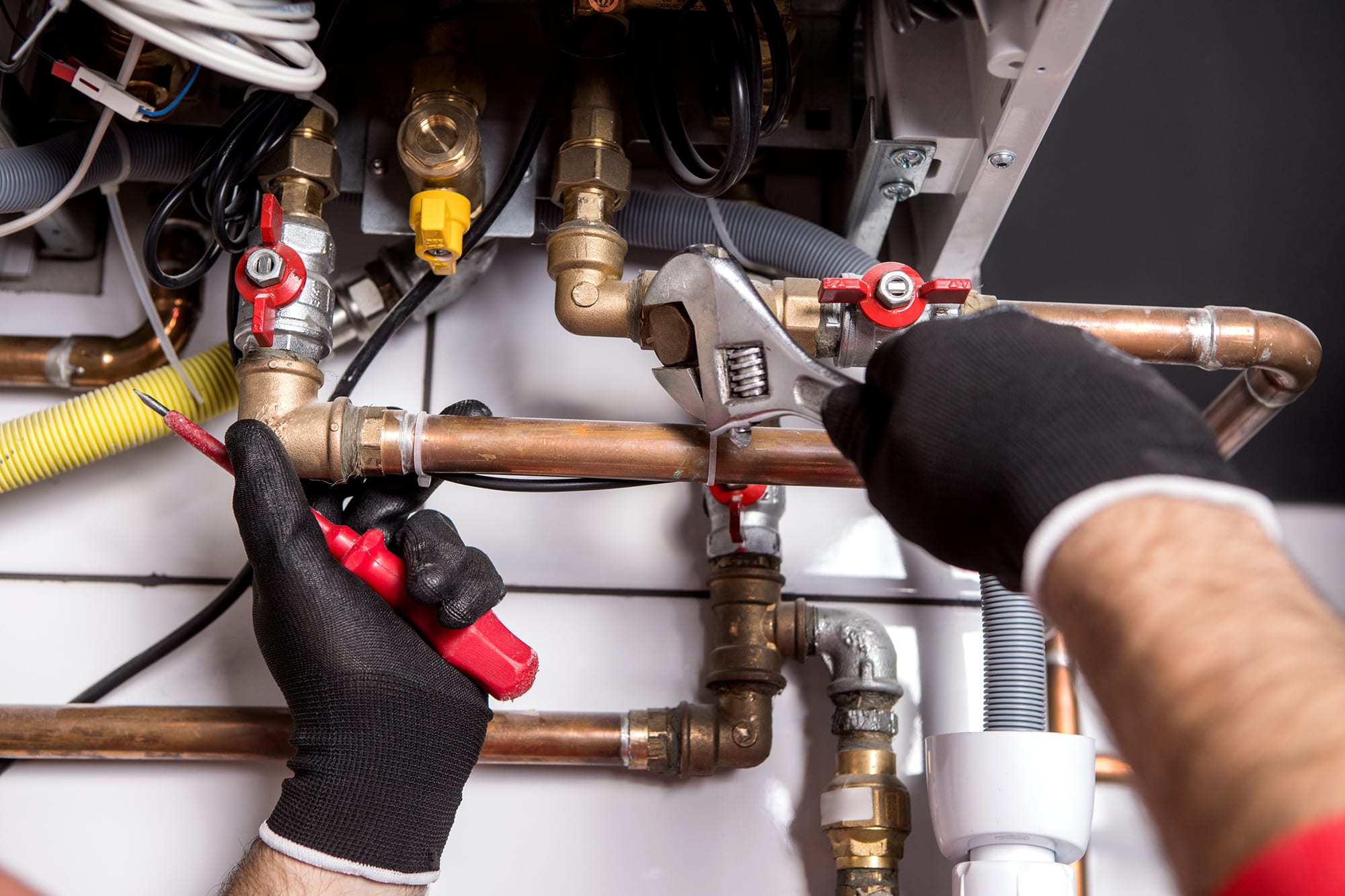Determining whether stainless steel valves or brass valves Malaysia are best for your project is crucial when selecting the right valves. One material is frequently better suited for a job than the other because of the variances between the materials. Despite the fact that there are other types of valve materials available, this article will compare stainless steel and brass valves.
Brass Valves
Brass is more enduring than plastic since it is an alloy of copper. They are more expensive than PVC or plastic valves while not being the most expensive option for valves due to their added strength. With additional metals on occasion, brass is a combination of copper and zinc. Compared to plastic valves, it is able to resist corrosion quite well because it is a soft metal by nature. Brass is a better material for plumbing systems in homes because it can tolerate and absorb more heat than plastic. Brass valves tend to accept welding better than stainless steel valves, which is one important distinction between stainless steel and brass valves. This allows for some flexibility. Brass valves do, however, have some shortcomings.
A stainless steel valve
Steel is a much more pricey alternative to brass, but it is also a metal that is highly strong and tough. Stainless steel is an iron alloy combined with nickel and chromium, whereas brass is a copper alloy. These valves are able to successfully resist leaks because of the material’s properties. Furthermore, steel has a longer lifespan than brass and can operate in a wider range of temperatures. In conditions of high pressure and temperature, stainless steel valves are the best choice. In terms of corrosion resistance, they are likewise excellent materials. Due to its higher nickel content and addition of molybdenum, one type of stainless steel valve, stainless steel 316, is particularly corrosion resistant. The valves are particularly resistant to chlorides due to the iron, nickel, and molybdenum combination and are very practical in maritime conditions.
The Difference of stainless steel and brass valves

This comparison of brass and stainless-steel valves has shown us a number of important distinctions to take into account.
- Brass valves cost less than stainless steel valves in terms of price. If your project requires both materials and your budget is an issue, think about using brass valves to reduce costs.
- Brass valves are a bad choice for use in the food sector because the FDA does not approve of them unless they are certified lead-free. However, the FDA has given the sector the go-ahead to use stainless steel.
- Welding: Brass is far more suitable for welding than stainless steel because of its chemical composition. It is frequently necessary to remove the oxide layer from stainless steel before welding.
- Brass is more resistant to corrosion than plastic, which is a factor. Nevertheless, stainless steel continues to be the finest material for preventing corrosion, particularly in marine settings.
When choosing a valve material for your next project, you should keep these things in mind. Before selecting a valve for your product, always make sure to undertake thorough research into your industry, your customers’ demands, and the materials you are considering.



